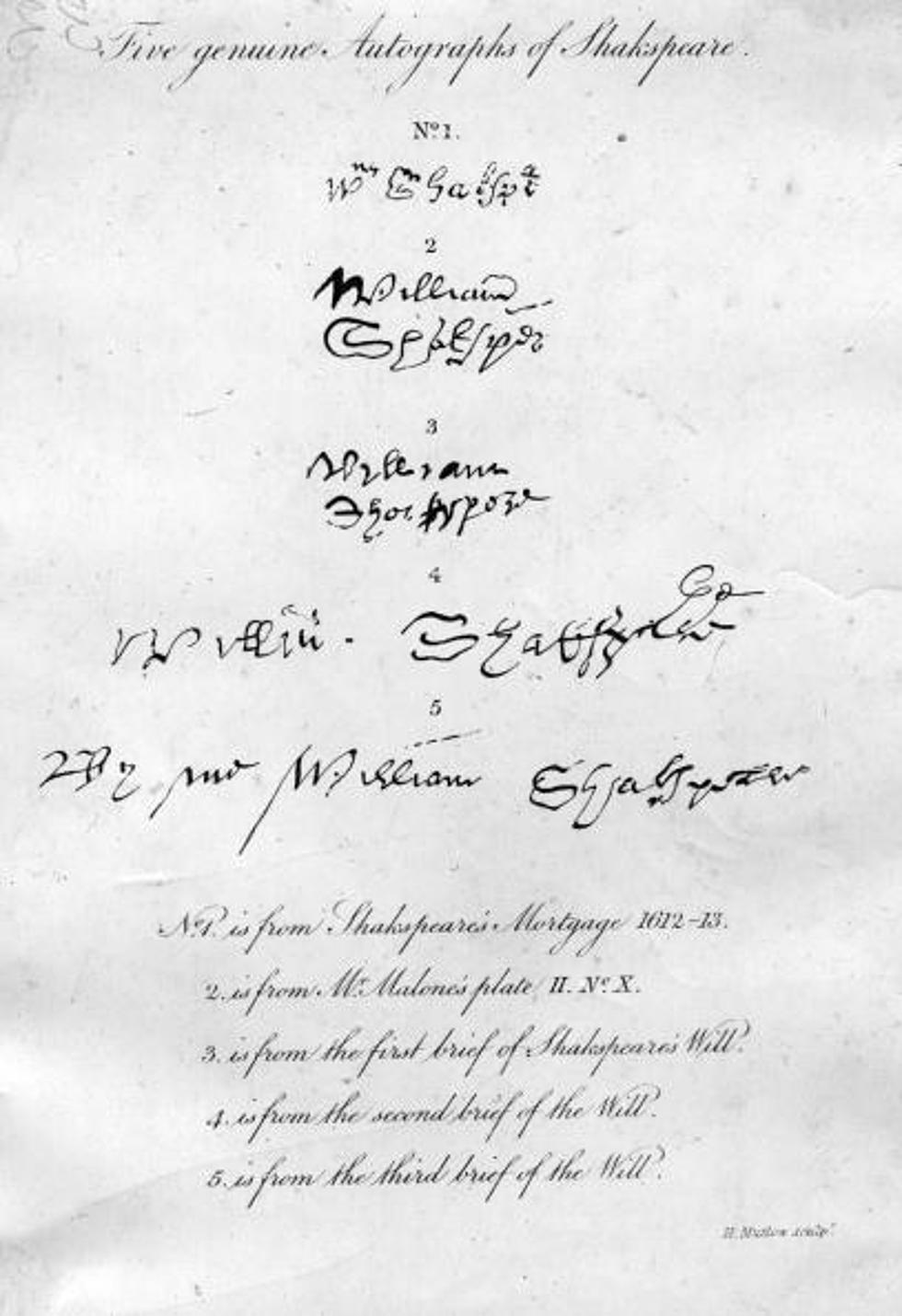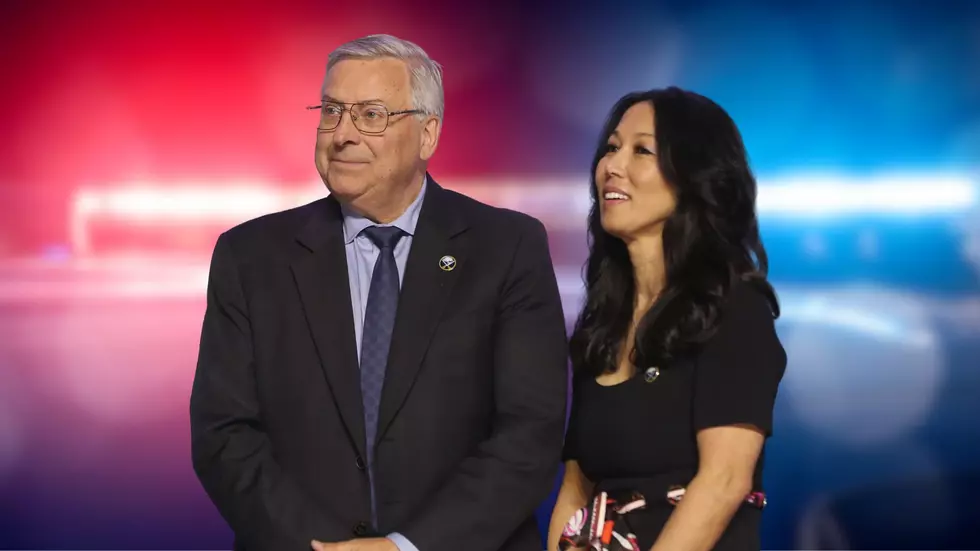
Dale’s Daily Data: Paper Money
Somebody was telling me the other day they got a dollar coin in change the other day and didn’t want it. The Treasury Department would love it if you used more dollar coins because they last longer, but people just don’t like coins jingling in their pockets. The reason the U.S. began issuing paper money in the first place was because during the Civil War began hoarding coins because of the uncertainty of the war and because the value of coins made of gold and silver didn’t change much. To make up for the shortage, paper money was printed for the first time in 1862.
Those first bills were in denominations of 1 cent, 5 cents, 25 cents, and 50 cents.
We call it paper money, but it’s not really paper at all. It’s 25 percent linen and 75 percent cotton with synthetic fibers woven in. The Bureau of Engraving and Printing produces 38-million bills of various denominations every day with a face value of 541-million dollars. And they have to because they wear out so fast. A one dollar bill lasts 18 months; $5 bill, two years; $10 bill, three years; $20 bill, four years; and $50 and $100 bills, nine years. Bills that get worn out from everyday use are taken out of circulation and replaced.
How big of a wheelbarrow would you need to cart away a million dollars in one dollar bills? A pretty big one. A truck would be a better bet. It would weigh more than a ton - 2,041 pounds. If you used $100 bills it would be more manageable – a little over 20 pounds.
By the way, Martha Washington is the only woman whose portrait has appeared on American paper money. She was on the front of one dollar silver certificates in the late 1880’s.
More From 106.5 WYRK









